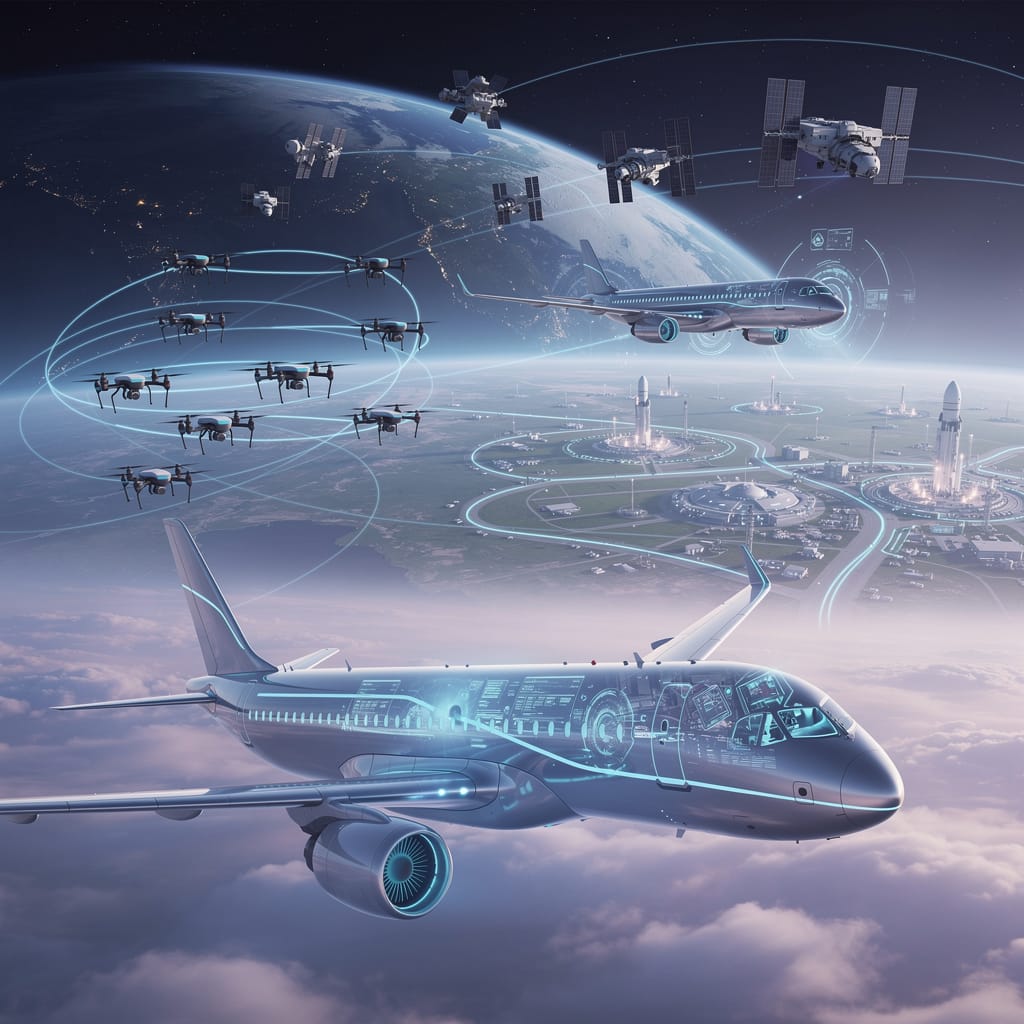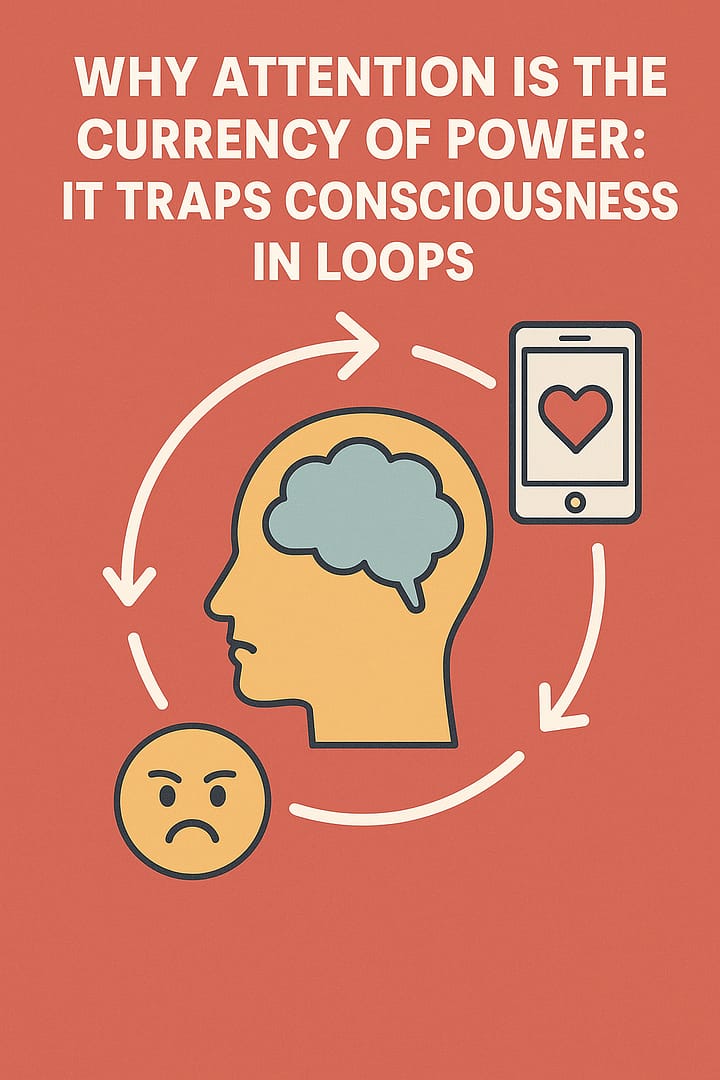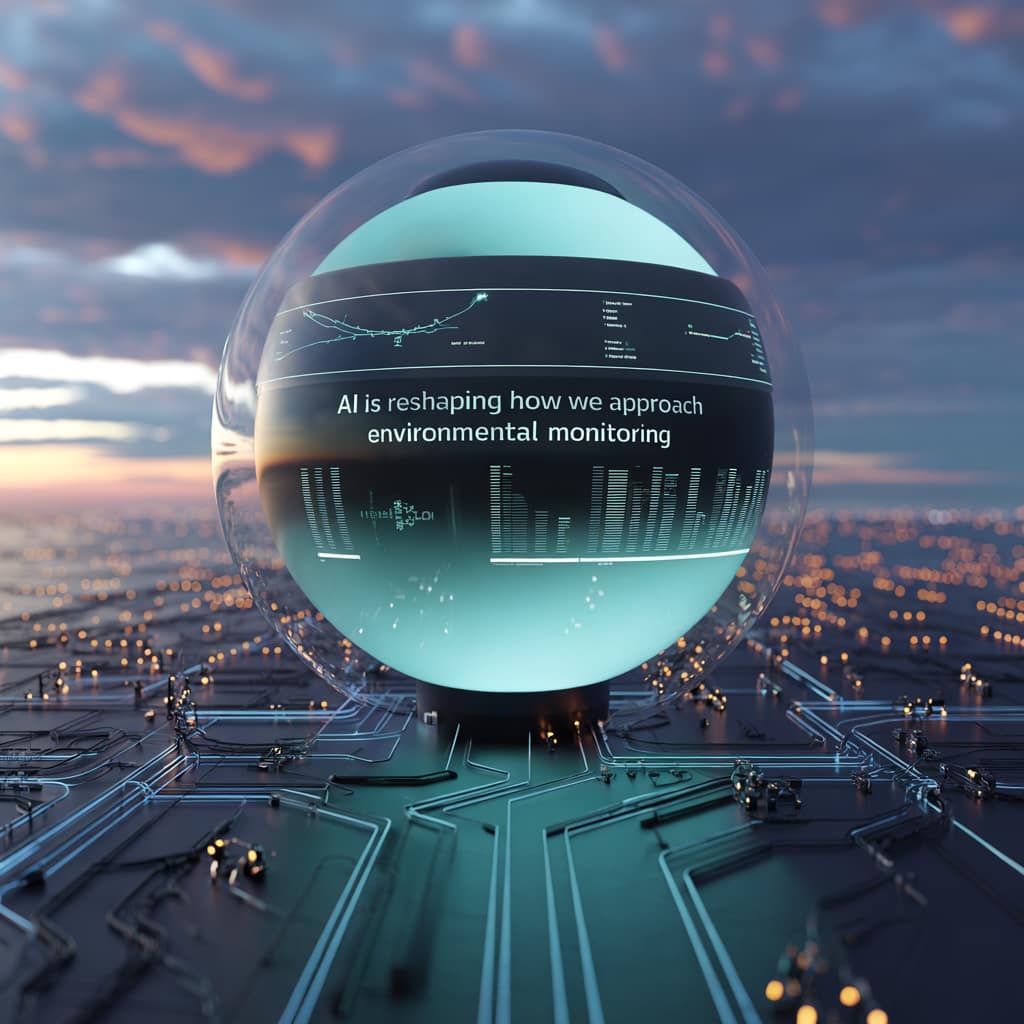AI and Climate Change
AI and Climate Change. Leveraging AI For Climate Change Prediction And Mitigation. Unveiling a Smarter Path to Sustainability
As the world grapples with the profound challenges of climate change, the integration of artificial intelligence (AI) into climate science has emerged as a beacon of hope. The fusion of cutting-edge technology with environmental stewardship promises to revolutionize the way we predict, understand, and mitigate the effects of a warming planet. From data collection to proactive planning, AI is reshaping the landscape of climate science and offering innovative solutions to some of humanity’s most pressing issues.
From Satellites to Supercomputers
A Technological Evolution
Climate science has witnessed a transformative journey. Decades ago, meteorological predictions relied on rudimentary tools, from manual data logging to simple statistical models. Fast forward to today, where we see intricate satellite imaging systems mapping every corner of the Earth and powerful computer models simulating atmospheric dynamics.
Yet, the complexity of climate systems presents enduring challenges. Weather patterns are shaped by countless interdependent variables, many of which are unpredictable. Traditional climate models, though advanced, often struggle to keep pace with the accelerating shifts in global temperatures, ocean currents, and atmospheric behaviors. This is where AI steps in—not as a replacement, but as an enhancer of existing methods.
Why AI Is the Climate Scientist’s New Ally
AI’s greatest strength lies in its ability to process and analyze vast amounts of data with unprecedented speed and precision. For instance, machine learning algorithms can identify patterns and trends that elude even the most seasoned researchers. The potential applications are as vast as the climate crisis itself, including predicting extreme weather events, monitoring deforestation, and tracking greenhouse gas emissions.
Consider this: AI-driven tools like IBM’s Watson and Google’s DeepMind are already being used to model oceanic conditions and forecast droughts with remarkable accuracy. Such models don’t merely crunch numbers; they adapt and improve with each iteration, creating a dynamic and ever-refining system of prediction.
The integration of AI into climate forecasting not only enhances precision but also opens doors to actionable insights. Governments can use these insights for proactive disaster preparedness, while industries can optimize their operations to minimize environmental impact.
Building a Foundation
Data as the Cornerstone of AI
The foundation of AI-driven climate science rests on reliable and diverse datasets. Without accurate, comprehensive data, even the most sophisticated AI models falter. This calls for a concerted effort to strengthen global data collection systems.
Today, data streams from a plethora of sources—satellites capturing high-resolution Earth imagery, ground-based sensors recording temperature and air quality, and public repositories like weather stations and environmental agencies. Each source contributes unique pieces to the puzzle, but combining them into a coherent dataset remains a formidable challenge.
For example, satellite images might use different metrics and scales than ground sensors. Harmonizing this data—normalizing formats, addressing inconsistencies, and ensuring interoperability—is a critical but often overlooked task. AI, with its ability to process and integrate complex datasets, is instrumental in overcoming these hurdles.
An example of this synergy is NASA’s use of AI to merge satellite imagery with real-time sensor data for wildfire prediction. This collaboration not only improves response times but also enables more effective allocation of firefighting resources.

Predictive Modeling
Unveiling Tomorrow’s Climate Today
Predictive modeling represents one of AI’s most transformative contributions to climate science. By leveraging machine learning, scientists can decode the intricate web of climate phenomena and produce forecasts with greater confidence.
Real-World Impact with AI in Action:
- Extreme Weather Prediction: The World Meteorological Organization (WMO) employs AI to predict hurricanes and typhoons weeks in advance, helping coastal communities prepare and save lives.
- Ocean Current Analysis: AI models analyze shifts in ocean currents, such as the El Niño and La Niña phenomena, which have far-reaching effects on global weather patterns.
- Glacial Monitoring: AI tracks changes in polar ice caps with precision, offering critical data on rising sea levels.
To amplify the potential of these models, collaboration is key. Climate scientists and AI developers must work hand in hand, sharing expertise and refining algorithms to account for real-world complexities. With each iteration, predictive models inch closer to a future where climate adaptation becomes proactive rather than reactive.
AI Solutions in Climate Mitigation
Innovation Meets Impact
Beyond forecasting, AI plays a transformative role in climate change mitigation by driving innovation across industries. Here’s how:
1. Renewable Energy Optimization
AI is a game-changer for renewable energy systems. By analyzing data on wind patterns, solar intensity, and energy consumption, AI helps optimize the output of wind turbines and solar panels. Companies like Tesla leverage AI to enhance energy storage systems, ensuring power grids remain stable even during peak demand.
2. Smart Agriculture
In agriculture, AI-enabled precision farming is revolutionizing sustainability. Farmers use AI to monitor soil health, predict irrigation needs, and even select crop varieties best suited to their local climate. For example, AI tools from startups like Blue River Technology help reduce water waste and boost crop yields, all while minimizing environmental impact.
3. Efficient Logistics
AI’s role in logistics extends to optimizing supply chains and reducing transportation emissions. Algorithms determine the most fuel-efficient routes for shipping goods, saving both time and energy. Companies like DHL have adopted AI-driven systems, cutting their carbon footprint significantly.
4. Sustainable Urban Planning
Cities account for a significant portion of global emissions. AI empowers urban planners to design smarter cities with efficient public transport, energy-efficient buildings, and integrated green spaces. For instance, Singapore uses AI to analyze traffic patterns, reducing congestion and promoting cleaner air.
Ethical and Societal Dimensions
Balancing Innovation and Responsibility
The promise of AI in combating climate change is immense, but it is not without challenges. Ethical considerations must guide its development and deployment:
- Data Privacy: The vast datasets required for AI often include sensitive information. Ensuring privacy and transparency in data collection is essential to building trust.
- Global Equity: Many of the regions most affected by climate change lack access to advanced AI tools. Bridging this gap through equitable distribution of technology is a moral imperative.
- Policy Integration: Policymakers, technologists, and communities must collaborate to ensure AI solutions are inclusive and sustainable. Transparency in AI-driven climate policies fosters trust and encourages widespread adoption.
The Road Ahead
AI as a Catalyst for Climate Resilience
The integration of AI into climate science is not just a technological breakthrough—it’s a necessity for our planet’s survival. By enabling precise predictions, streamlining resource use, and driving innovation, AI has the potential to reshape humanity’s response to climate change.
However, realizing this potential requires more than technical ingenuity. It demands a commitment to ethical practices, collaborative partnerships, and a shared vision of sustainability. By embracing AI as an ally, we take a step closer to a future where technology and nature coexist harmoniously—a resilient world where humanity thrives alongside a healthy planet.

😍🌿✨ To more brilliance and imagination ahead! ❤️🏆
Text with help of OpenAI’s GPT language models
openai chatbox & fleeky






